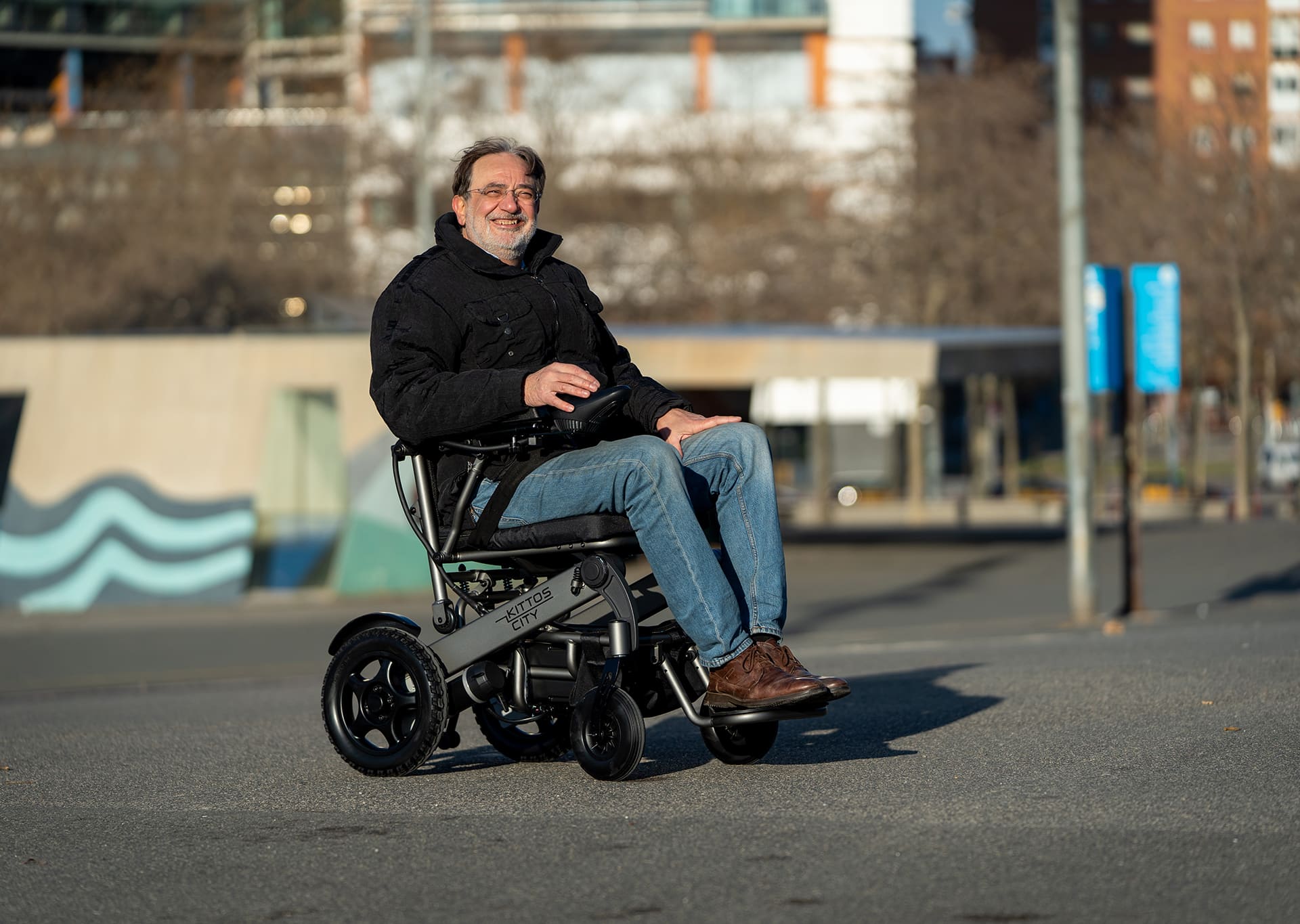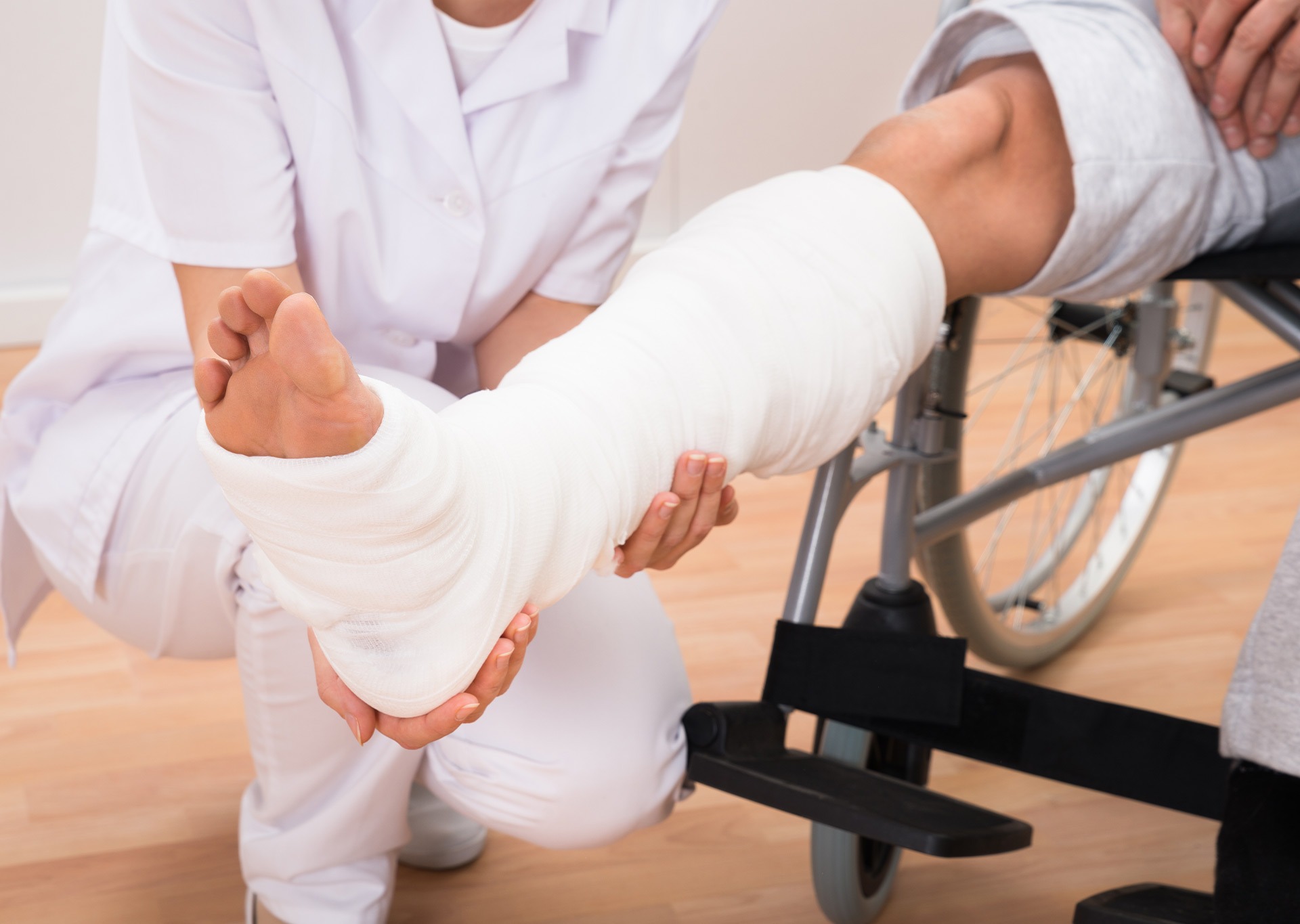
How to avoid back pain when using a wheelchair
Using a wheelchair is essential for many people with limited mobility, allowing them to move around independently and improve their quality of life. However, spending a lot of time in a wheelchair can cause back pain if the necessary measures are not taken. Lack of adequate support, poor posture and prolonged inactivity can contribute to chronic discomfort and affect the user’s overall well-being. Therefore, it is essential to know the best practices to avoid these problems and improve the user experience.
Below are some key tips to prevent back pain and ensure greater comfort when using a wheelchair.
- Choose a suitable wheelchair
It is important to choose a model that offers good lumbar support and is adapted to the specific needs of the user. Specialized wheelchairs, which include ergonomic cushions and adjustable backrests, help maintain a correct posture and reduce pressure on the spine. In addition, the size of the chair should be appropriate for the user’s build, avoiding it being too narrow or wide, as this can cause discomfort and postural misalignment.
Consult an orthopedist to choose the most suitable chair. Factors such as the type of activity to be performed, the duration of daily use and the level of support required must be taken into account to ensure maximum comfort.
- Adjust your posture regularly
Maintaining the same position for long periods can cause stiffness and pain. Therefore, it is essential to adjust your posture frequently to relieve pressure on your back.
- Slightly leaning forward and to the side helps to redistribute weight and reduce tension in the muscles.
- Ensuring that your back is correctly aligned with the back of the chair prevents the appearance of abnormal curvatures in the spine.
- If the chair has adjustable footrests, it is advisable to use them to keep your legs in a comfortable position and prevent your back from bearing an excessive load.
The simple habit of changing positions regularly can prevent pain from occurring and improve blood circulation, which is essential for overall health.
- Use support cushions and accessories
Using specialized wheelchair cushions can make a big difference in comfort.
- Anti-bedsore cushions: Cushions such as the Neo Cushion distribute weight evenly, reducing pressure on key points and preventing pressure ulcers.
- Lumbar cushions: They provide additional support for the lower back, helping to maintain an aligned posture.
- Lateral supports and posture straps: They provide additional stability and prevent slipping that can cause unnecessary strain on the back.
In addition, the material of the cushions is key; memory foam, gel or air models can offer different levels of support depending on the individual needs of the user.
- Do exercises to strengthen the back
Even if mobility is limited, it is important to do specific exercises to strengthen the back muscles and improve flexibility.
- Rotating and stretching movements: Gentle twists of the torso and arm stretches can relieve tension in the upper back.
- Strengthening exercises: Controlled movements with resistance bands or light weights can help strengthen back muscles and prevent pain.
- Deep breathing exercises: These help relax muscles and improve tissue oxygenation, reducing feelings of fatigue.
Including an exercise routine adapted to each person’s abilities can make a big difference in preventing discomfort and improving overall well-being.
Conclusion
Mobility is key to the independence of people with reduced mobility, and ensuring proper posture and optimal support in the wheelchair is essential to avoid back pain. Using specialized products, such as ergonomic wheelchairs and support accessories, not only improves comfort, but also prevents long-term discomfort and pain.
Applying these tips can make a big difference in daily well-being and allow you to fully enjoy the freedom that mobility aids provide. Additionally, having the guidance of health professionals and making regular adjustments to the posture and equipment used will ensure a more comfortable and healthy experience.








